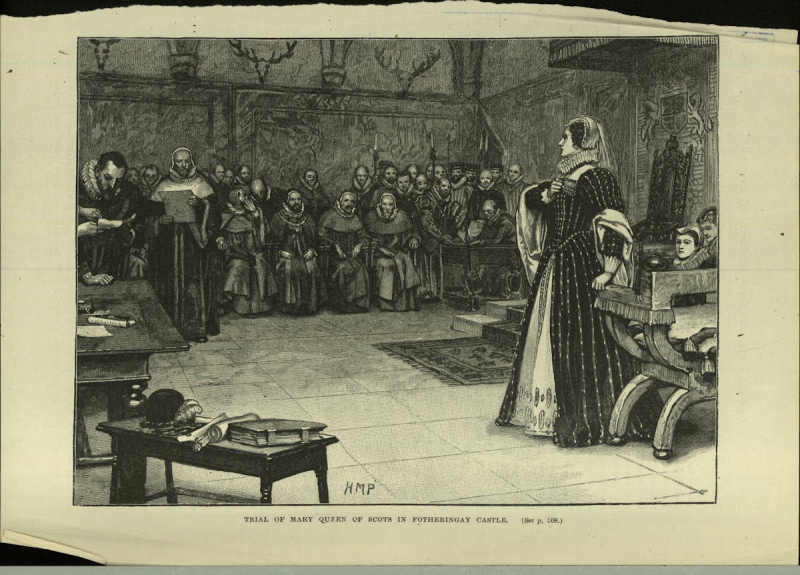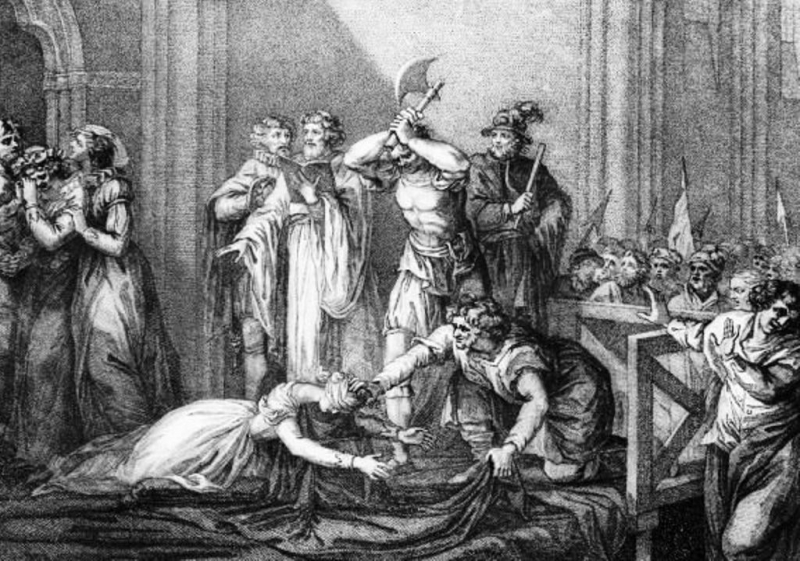She was executed by the order of Elizabeth
One of the most interesting facts about Mary Queen of Scots is that she was executed by the order of Elizabeth. On May 2, 1568, Mary fled from Loch Leven Castle with the help of George Douglas, the brother of the castle's lord, Sir William Douglas. She raised an army of 6,000 soldiers and met Moray's smaller forces in the Battle of Langside on May 13th. She fled south, defeated. On the 16th of May, Elizabeth crossed the Solway Firth into England by a fishing boat after spending the night at Dundrennan Abbey. She landed in Workington, Cumberland, in northern England, and spent the night at Workington Hall. Local authorities put her into protective custody at Carlisle Castle on May 18.
Mary evidently anticipated Elizabeth to assist her in regaining her throne. Elizabeth was cautious, demanding an investigation into the behavior of the confederate lords as well as the question of whether Mary was responsible for Darnley's death. In mid-July 1568, English authorities sent Mary to Bolton Castle, which was farther away from the Scottish border but not too far from London. On July 20, Mary's garments arrived from Loch Leven Castle. Between October 1568 and January 1569, a commission of inquiry, or conference, was convened in York and afterward in Westminster. Her allies in Scotland fought a civil war against Regent Moray and his successors.
Mary was caught while out riding on August 11, 1586, after being accused in the Babington Plot, and transported to Tixall Hall in Staffordshire. Walsingham had purposefully arranged for Mary's letters to be smuggled out of Chartley in an attempt to catch her. Mary was encouraged to believe that her letters were safe, when in fact they were decrypted and read by Walsingham. The attempted assassination of Elizabeth was clearly sanctioned by Mary, according to these letters.
Mary was transported to Fotheringhay Castle in a four-day voyage that concluded on September 25. She was tried for treason under the Act for the Queen's Safety in October before a court of 36 noblemen, including Cecil, Shrewsbury, and Walsingham. Mary, spirited in her defense, refuted the claims. She complained that she had been denied the right to evaluate the evidence, that her papers had been taken away from her, that she had been denied access to legal counsel, and that as a foreign anointed queen, she had never been an English subject and hence could not be convicted of treason.







